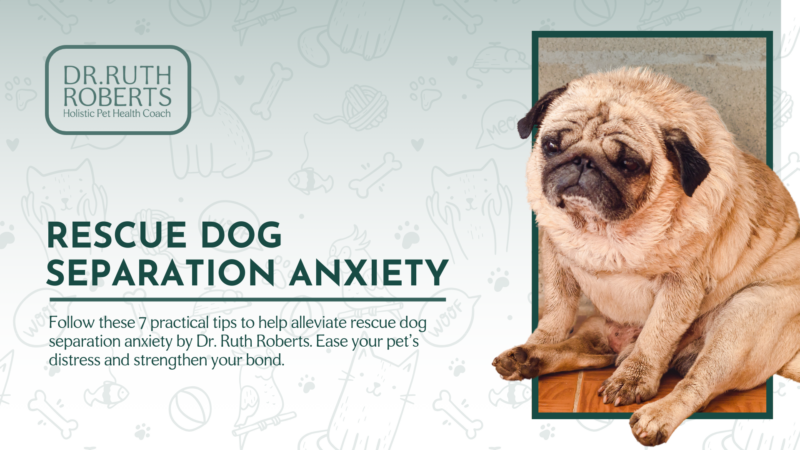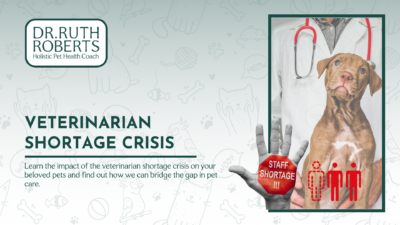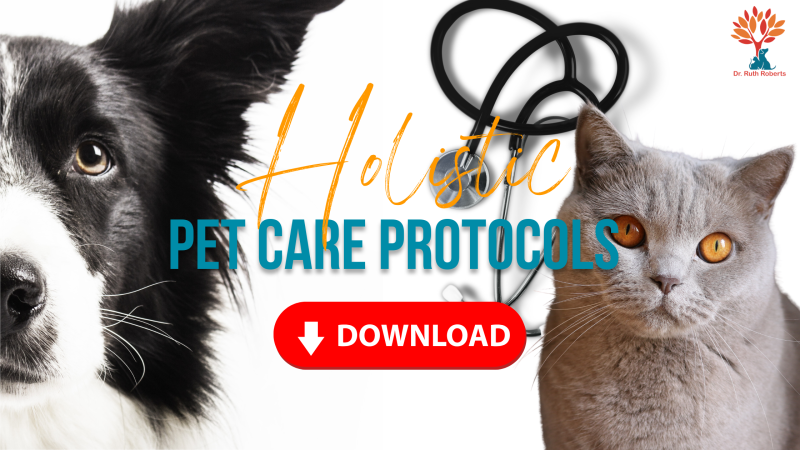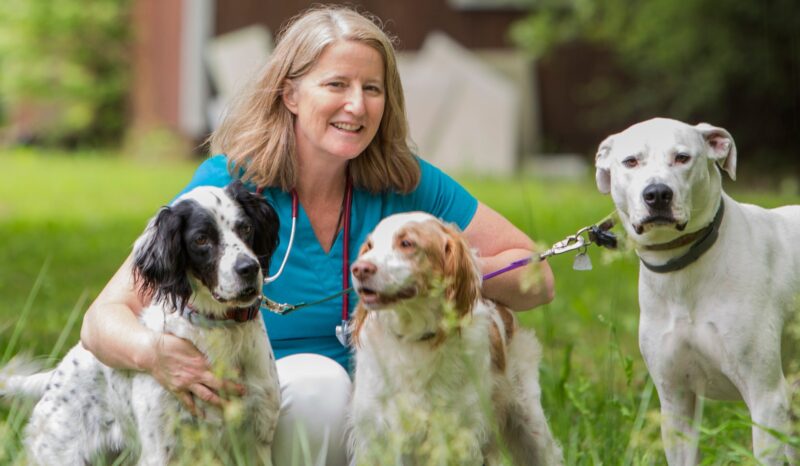7 Tips on Supporting Rescue Dog with Separation Anxiety
What Can You Do to Ease Rescue Dog Separation Anxiety?
Initiate a call to your veterinarian
Many of the potential symptoms indicating separation anxiety in dogs and cats could also signal an underlying health issue. Your pet can’t tell you “I hate it when you leave!”, they also can’t communicate when they are feeling unwell. Your vet will examine for certain health condition that could lead to changes in your pet’s behavior. Once you receive a clean bill of health, you can commence soothing your beloved pet’s worries.
Keeping destructive pets busy and entertained
Exercise your pet regularly when you are at home, or hire a walker if you are unable to do so. Make time for a laser pointer workout in the morning, or throw the ball a few extra times to help your pet get some energy out. This extra quality time with you will also help fill the void of the rest of the day. Leave them with lots of toys and things to fulfill their curiosity, and keep their claws and teeth off of your drywall.
Consider using calming device and treatment
For many years, I’ve found Thundershirts to be remarkably effective in calming anxious animals. They were originally designed to soothe pets through thunderstorms, and their tight fit mimics the feeling of being hugged.
You can also consider to use Calmer Canine, it can help calm your dogs with separation anxiety. Calmer Canine is hands-free convenience vest, available in five sizes, ensures a perfect fit and easy maintenance.
Systematic desensitization
Systematic desensitization is a technique used to help animals (or people) gradually become more comfortable with something they find scary or stressful. It involves exposing them to the thing that bothers them in a controlled and gradual way. Starting with a very mild version of the situation and slowly increasing the intensity. Systematic desensitization can sometimes work for pets who are truly up-ended by long hours alone. Begin by leaving your pet alone for short periods and then slowly make it longer. This helps them get used to being by themselves. You might need to get a dog-walker for a little while to help out. It can really pay off in the end. Also, mix up your weekend plans so your pet doesn’t get too used to being with you all the time. This way, they won’t feel left out when you go back to your regular routine on Monday.
Don’t make a big deal out of it!
Avoid lengthy and tearful goodbyes with your pet in the morning. If they sense that you are upset or uneasy, it’ll make their anxiety worse. Likewise, don’t go crazy when you get home in the evening. Greet your pet lovingly, and praise them for good behavior, but don’t go overboard. Staying neutral on your departure and arrival will help your pet do the same.
Calming supplements or essential oils
A soothing blend of lavender and frankincense could do the job for your pet. Use a diffuser, or spritz it in small amounts in the areas where your pet hangs out most.
CBD oils and treats are a good resource for relieving anxiety in dogs and cats. The products available for pets have very little to zero THC, so you don’t have to worry that your pet will be affected by the psychoactive compound. Recent study have proven that CBD greatly reduces stress and anxious during separation, and can be safely used on a regular basis with essentially no negative side effects. Personally, I’ve found CBD to be immeasurably helpful for my own pets and patients, and believe it’s one of the best resources for easing separation anxiety. However, consult with your vet before giving your pet any supplements or essential oils.
Consult with a Professional
If you find that none of these methods are providing relief for your dog’s separation anxiety, it’s a sign that seeking professional guidance is the next step. Our Certified Holistic Pet Health Coach, who is also a certified dog trainer, specializes in understanding the unique needs of your furry companion.
They’ll work closely with you to identify the root cause of your pet’s distress and provide personalized guidance towards a solution.
Helping a rescue dog overcome separation anxiety demands patience, empathy, and a customized approach, and our expert is dedicated to supporting both you and your beloved pet throughout this journey. While the factors mentioned above can set rescue dogs apart, the core principles of managing separation anxiety remain consistent. By implementing techniques such as gradual desensitization, providing mental and physical enrichment, and seeking professional guidance when needed, you can help your rescue dog feel more secure and relaxed, even when they’re alone.
Remember, your commitment to supporting your rescue dog through separation anxiety not only enhances their well-being but also strengthens the bond you share. With time, patience, and a willingness to learn, you can create a harmonious and loving home where your rescue dog can flourish and find comfort in your care.
FAQ on Managing Rescue Dog Separation Anxiety
Yes, training and techniques can help manage and reduce it.
Signs include excessive barking, destructive behavior, pacing, and house soiling.
Recovery time for separation anxiety in dogs varies. It can take weeks to months depending on severity, training, and individual factors. Consistency and professional guidance aid faster progress.

















